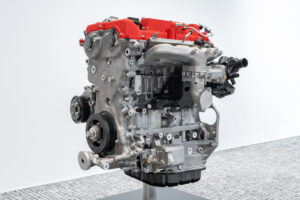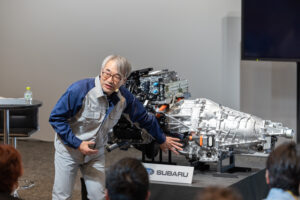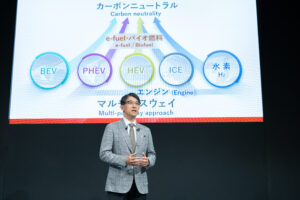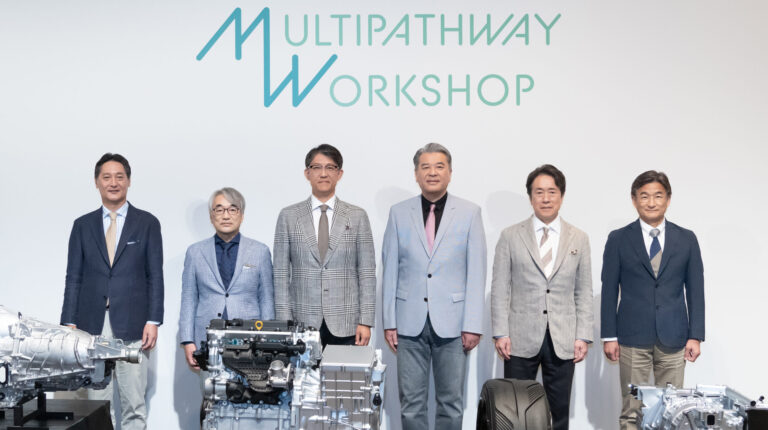Subaru Corporation, Toyota Motor Corporation and Mazda Motor Corporation have announced a joint commitment to develop new engines designed for “electrification and the pursuit of carbon neutrality”.
These engines will be optimized for integration with electric drive components such as motors and batteries. They will also feature more compact designs to help vehicle packaging, with a focus on compatibility with various carbon-neutral (CN) fuels.

The companies intend to develop engines that reflect their respective brands while catering to different vehicle needs, with communal efforts focusing on decarbonizing internal combustion engines (ICEs) by making them compatible with CN fuels, including e-fuel, biofuels and liquid hydrogen.
“Achieving a carbon-neutral society is a challenge that must be undertaken by all of Japan’s industries and society as a whole. As we continue to refine electrification technology, we will also enhance our horizontally opposed engines with an aim to use carbon-neutral fuels in the future,” said Atsushi Osaki, representative director, president and CEO at Subaru.

Through participation in racing, the companies have explored broader powertrain and fuel options, gaining insights that will inform the development of future engines.
“In order to provide our customers with diverse options to achieve carbon neutrality, it is necessary to take on the challenge of evolving engines that are in tune with the energy environment of the future. The three companies, which share the same aspirations, will refine engine technologies through friendly competition,” explained Koji Sato, president, member of the board of directors and CEO at Toyota.

Masahiro Moro, representative director, president and CEO at Mazda, said, “We will continue to offer customers exciting cars by honing internal combustion engines for the electrification era and expanding the multi-pathway possibilities for achieving carbon neutrality.”
According to the trio, the next generation of engines will target improved performance and efficiency, and optimized integration with electric drive units. Compact engine designs will also enable lower vehicle hoods for enhanced design flexibility and aerodynamic efficiency. The development process will also prioritize compliance with stringent emissions regulations.





